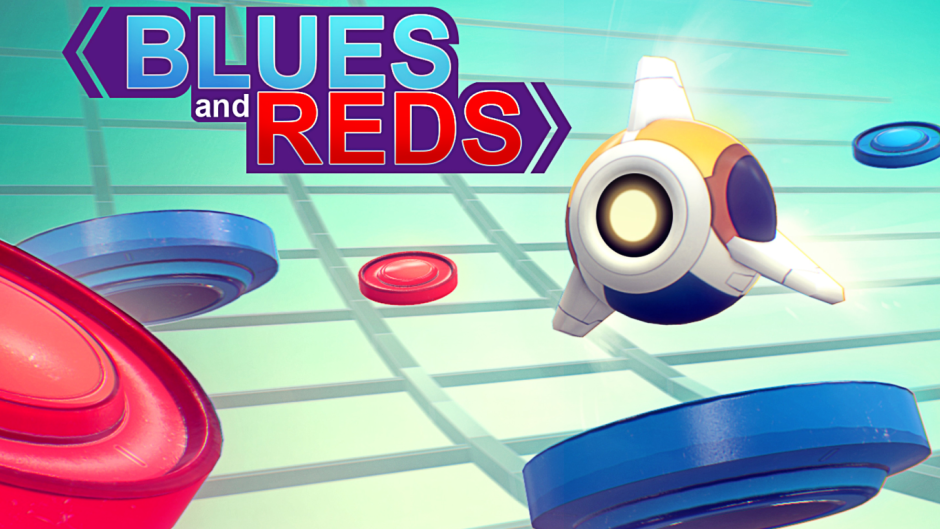The puzzle game, developed by two economics professors at the School of Business, is intended to help researchers better understand which interactive problems players are able to solve and, consequently, to discover what makes one interactive problem more complex than another. It is the first ever game developed by social scientists on mobile devices that has two objectives: entertainment for players and data for scientists. The game is available on iOS and Android devices and there is no advertising or in-app purchases.
Players who download the app provide their home country, age and gender. By studying the playing behavior of these users around the world, researchers can identify which demographic groups make the most logical and illogical decisions in interactive situations. Players who complete all levels, are also provided with an analysis of their skills and how they performed compared to other players in various demographic groups
“The main objectives are to identify the percentages of users who are able to win levels in Blues and Reds and also to understand what determines these percentages,” said Konrad Grabiszewski, a visiting assistant professor of economics at the School. “Addressing these questions is important because it will allow scientists to develop better theories of interactive behavior,” added Grabiszewski, who developed the game with Alex Horenstein, an assistant professor of economics.
“Technology is already in the hands of people, which means that with the right tool scientists have access to millions of people,” said Horenstein. “Blues and Reds is just the beginning of this new and fascinating chapter in social sciences.”
How to Play
Blues and Reds is a puzzle game in which the player is faced with a choice in making moves that will lead to a winning or losing position. Players have 58 levels to solve, divided into 10 chapters. Each chapter consists of two parts (two different types of puzzles). Each level is a turn-based game against the computer. The player must end on a blue node for the player to win. If the player lands on a red node, then the player loses and the computer wins. Except for levels in the Immortal Chapter, each level has only one life. There is no time limit to complete the challenges. For more information on the game, visit http://www.bluesandreds.com.

